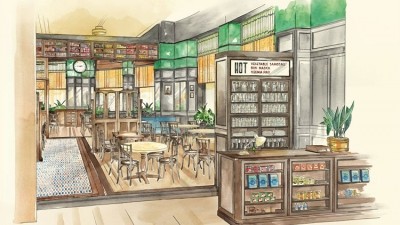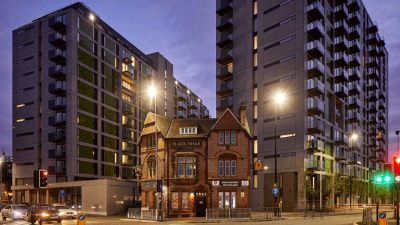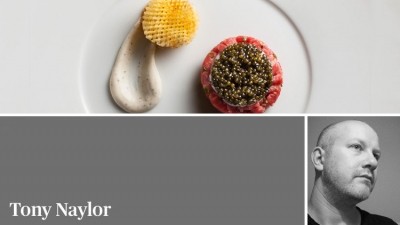Manchester's fine dining closures: was it us or them?

Are all cities like this? Or is it just (my native) Manchester that is riddled with self-doubt about the health of its restaurant scene? The recent closure of Manchester House, by the previously Midas-like Living Ventures, closely followed by GG Hospitality shuttering The Rabbit In The Moon, plunged the city into a now familiar round of hand-wringing about its ability to sustain truly top-level restaurants.
To paraphrase Oscar Wilde, to lose one fine-dining restaurant may be regarded as misfortune, but to lose two is seen as carelessly frittering away the city’s gastro-cachet. Those obsessed with Manchester bagging a Michelin star see that prospect growing dimmer. People who frame this as a matter of civic pride wonder what it means that such homegrown restaurants are crashing as London operators continue to open here (The Ivy, Dishoom). Is Manchester, observers ask, too unsophisticated to appreciate high-end cuisine? (Spoiler alert: no).
Look at this from a national perspective. This is a wild, economically turbulent period for hospitality. It is no great surprise, therefore, that Manchester House ended up in administration following “difficult trading” or that GG decided “trading figures [for the Rabbit] do not justify keeping the operation open”. But, equally, other factors contributed to why these restaurants ultimately did not work, which, to me, says more about how they misunderstood the market than any lack of taste on Manchester’s part.
In any city outside London, the people who can afford to eat out at this level with any regularity are a small, highly discerning group that craves extraordinary experiences. In Manchester’s case, as I see it, they are always more likely to drive out to, for example, Raby Hunt, Moor Hall or L’Enclume (all two Michelin-starred restaurants in rural locations), and make a long weekend of it, than head into boring old Manchester city centre to eat at good but fundamentally second-tier restaurants. For that money, people want to escape the everyday. Those three example restaurants are also all clearly differentiated in their cooking styles and reassuringly small in a way that suggests a tight focus on consistency of experience (Raby Hunt has 30 covers; the largest, Moor Hall, has 50).
In contrast, Manchester House, which never clearly asserted its culinary identity, had 82 covers and a huge cocktail bar on a separate floor. Fairly or unfairly, for a restaurant with Michelin aspirations, that feels too big. It is too many elements to deliver successfully. It puts people (like me) off. Perhaps Aiden Byrne, who [re-opened Manchester House as Restaurant MCR this month] after buying it out of administration, knew this all along. What he does with it this time around could prove key.
The Rabbit was smaller (34 covers) but, like Simon Rogan’s tenure at The French, it seemed like Manchester was being fobbed off with second best. Why eat at Michael O’Hare’s non-starred Manchester spin-off, when you can nip to Leeds and visit The Man Behind The Curtain?
Personally, I ate at Manchester House once and swerved The Rabbit entirely. The latter’s baffling ‘space-age Asian’ strapline was a typical bit of cocksure swagger from O’Hare that seemed very ‘take it or leave it’. So I left it. Just as O’Hare himself later left The Rabbit.
In pure food terms, neither restaurant felt that compelling or fresh. For the zeitgeist, head instead to Stockport’s Where The Light Gets In.
It is not that Manchester doesn’t ‘get’ fine dining but it is very picky. That is why I am confident that Mana (28 covers, chef-owned, dazzlingly creative, no glitzy cocktail bar), will succeed despite the bad omen of those closures. Mana is the truly serious gastronomic restaurant which, until now, Manchester has conspicuously lacked.
This column first appeared in the December 2018 issue of Restaurant magazine, the leading title for the UK's restaurant industry. For more features, comment, interviews and in-depth analysis of the sector subscribe to Restaurant magazine here.
Follow Tony on Twitter @naylor_tony















